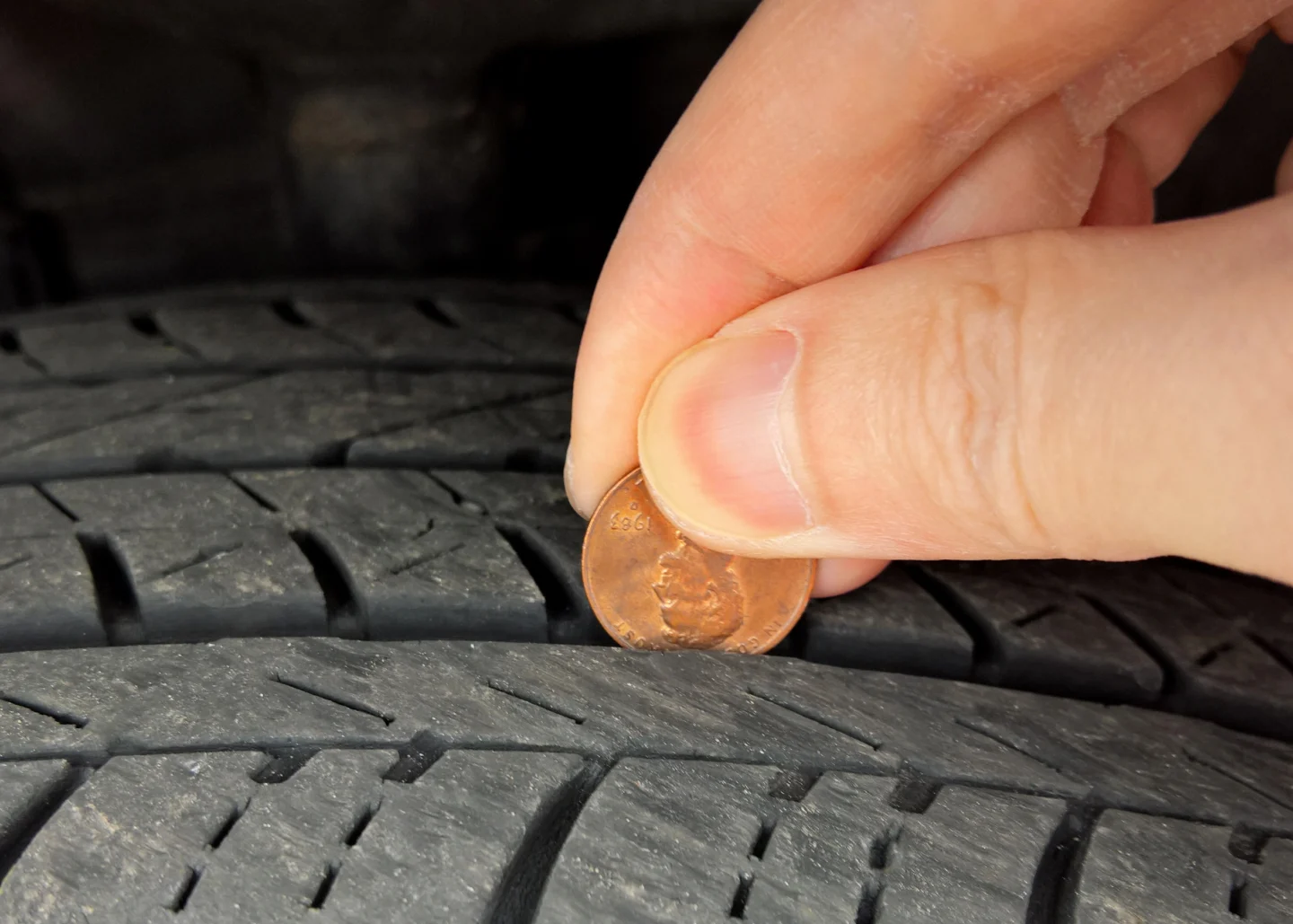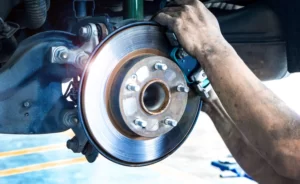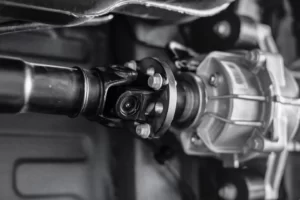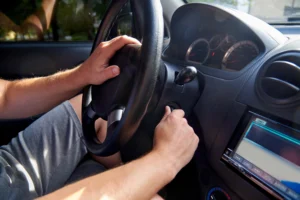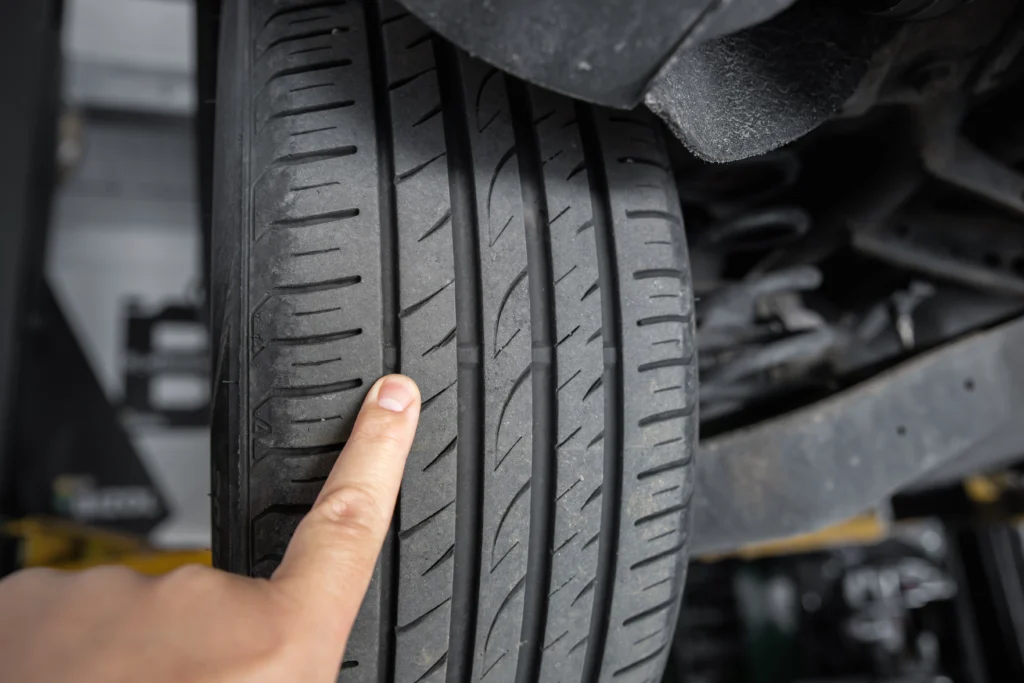
Tire wear bars, also known as tread wear indicators, are an often overlooked but crucial aspect of tire maintenance. These small, raised features located in the grooves of your tire tread serve a significant safety function by indicating when it is time to replace worn tires. Understanding what tire wear bars do can help you maintain optimal tire health and ensure your safety on the road in O’Fallon, IL.
The Role of Tire Wear Bars
Tire wear bars are small horizontal bridges that form between the treads of your tires. They are usually made from the same hard rubber compound as the rest of the tire and are strategically placed at regular intervals within the tread grooves. The primary purpose of these wear bars is to visually indicate the wear level of your tires.
How Tire Wear Bars Work
As tires age and are used, the tread gradually wears down. When new, the depth of the tread typically measures about 10/32nds of an inch, offering plenty of grip for safe driving. As you drive, the tread wears down, and the distance between the top of the wear bar and the surface of the tread decreases. Once the tread wears down to the same height as the wear bars, it means the tread depth has reached 2/32nds of an inch, which is the legal minimum in many places. At this point, the wear bars become flush with the tire’s tread surface, making them clearly visible as flat rubber bars across the tires. This is an indication that the tires no longer provide a safe level of tread and should be replaced.
Importance of Monitoring Tire Wear Bars
The importance of monitoring your tires’ wear bars cannot be overstressed. Here’s why:
- Safety: Adequate tread depth is crucial for safe driving. It affects how your vehicle handles, especially under wet conditions where the risk of hydroplaning increases significantly. Worn-out tires with insufficient tread are less effective at channeling water away, reducing your vehicle’s grip on the road and increasing stopping distances.
- Performance: Tires with adequate tread depth provide better traction and handling. This means improved cornering, braking, and acceleration, all of which contribute to a safer and more responsive driving experience in O’Fallon, IL.
- Legal and Financial Consequences: Driving on bald or nearly bald tires is not only unsafe but also illegal in many jurisdictions. Getting caught with worn-out tires could lead to fines, and more seriously, if bald tires contribute to an accident, the repercussions could include higher insurance rates or even liability in a lawsuit.
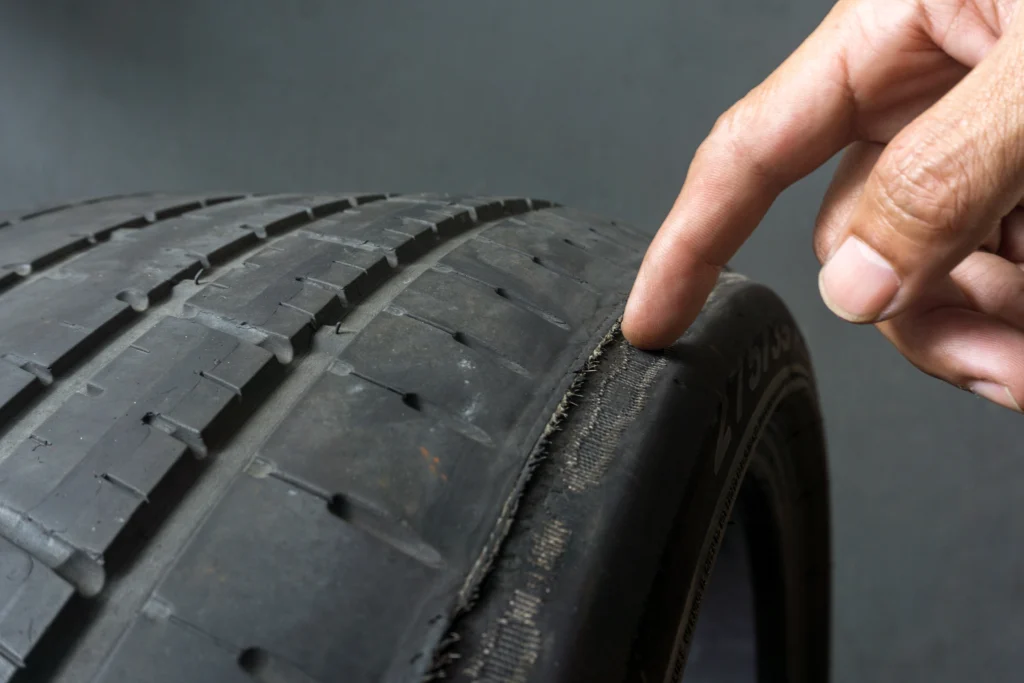
Tips for Checking Tire Wear Bars
Checking your tires’ wear bars is a simple process that should be part of your regular vehicle maintenance routine:
- Regular Inspection: Make it a habit to check your tire tread depth monthly. Look for the wear bars that are spaced around the tire in the grooves. If they are flush with the tread, it’s time to replace the tire.
- Use a Tread Depth Gauge: For a more precise measurement, use a tread depth gauge. This tool can give you a more accurate reading of your tread depth and help you monitor it over time.
If you have any more questions about tire wear bars or are looking for a company who can provide you with tire services near O’Fallon, IL, call Rowan Tire & Auto Service.

